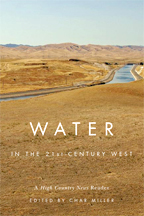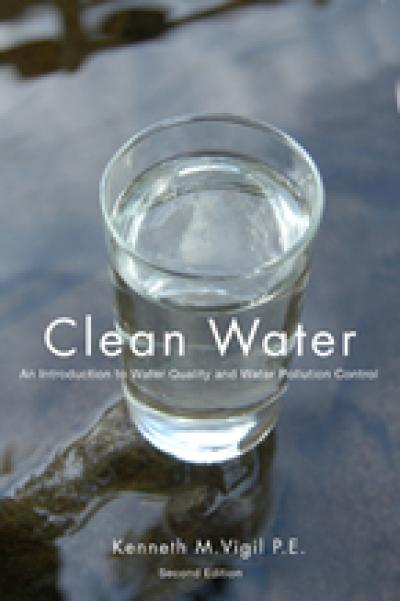
Water in the 21st-Century West
Char Miller
Afterword by Paul Larmer.
Water in the 21st-Century West offers a timely look at the central issue facing the American West — the region's diminishing water supply. It collects the best reporting on the subject, drawn from the pages of High Country News, the newspaper that sets the standard for coverage of environmental issues in the West.
This book provides compelling perspectives on the water issues and controversies that roil the region, from the Pacific Northwest to the Great Plains, from the interior mountains to the southwestern deserts. The book's contributors — among them activists, scholars, scientists, and many of the nation's finest environmental journalists — offer hard-hitting analyses of regional dilemmas, including the unpredictable impact of climate change; intense debates over decommissioning dams; emerging Native American water power; toxic threats to groundwater quality; and the escalating urban demands for water.
Water in the 21st-Century West captures the range and nature of the arguments that have defined water politics in the region over the past decade. The collection probes the issues and explores creative attempts to find solutions, bringing a focus and clarity to the most contentious environmental issue the West faces.
Water in the 21st-Century West is an essential primer in assessing and mapping the West's water future.
High Country News, whose masthead reads "For People Who Care about the West," is published biweekly in Paonia, Colorado.
About the author
An award-winning teacher and writer, Char Miller is the W. M. Keck Professor of Environmental Analysis and History at Pomona College. His most recent books include Natural Consequences: Intimate Essays for a Planet in Peril, West Side Rising: How San Antonio’s 1921 Flood Devastated a City and Sparked a Latino Environmental Justice Movement, and Theodore Roosevelt: Naturalist in the Arena. Miller is a Senior Fellow at the Pinchot Institute for Conservation, Corresponding Member of the Society of American Foresters, and a Fellow of the Forest History Society.
Read more about this author




